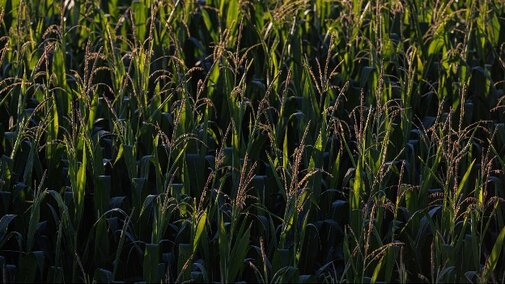University of Nebraska–Lincoln scientists have harnessed the power of machine learning and large-scale data analysis to enhance the Global Yield Gap Atlas, creating benefits for agricultural producers worldwide.
“This is very exciting. We are now able to estimate the yield potential for every single piece of cropland around the world,” said Patricio Grassini, professor with the University of Nebraska–Lincoln’s Department of Agronomy and Horticulture and principal investigator of the atlas.
The advancement offers producers an opportunity to benchmark current productivity and guide sustainable intensification of agricultural systems on a global scale, Grassini said.
Fernando Aramburu-Merlos, a research assistant professor in agronomy and horticulture, led the efforts to develop a “metamodel” approach that takes advantage of machine learning’s ability to assemble and analyze a complex range of soil, climatic and cropping system information.
The resulting maps, focusing on corn, wheat and rice, provide highly detailed and accurate information on how much of a crop can be produced at a specific location under the best conditions. (continue reading)

